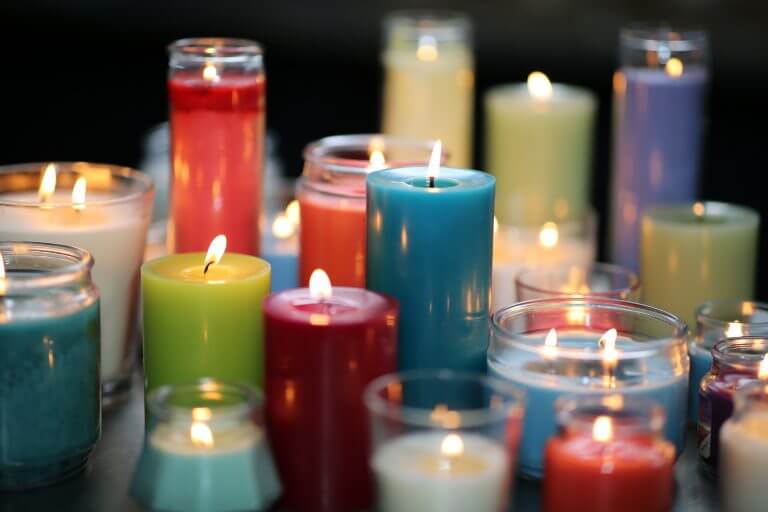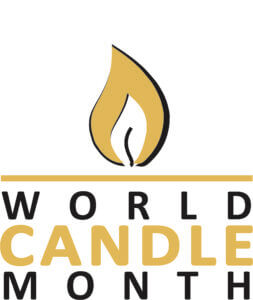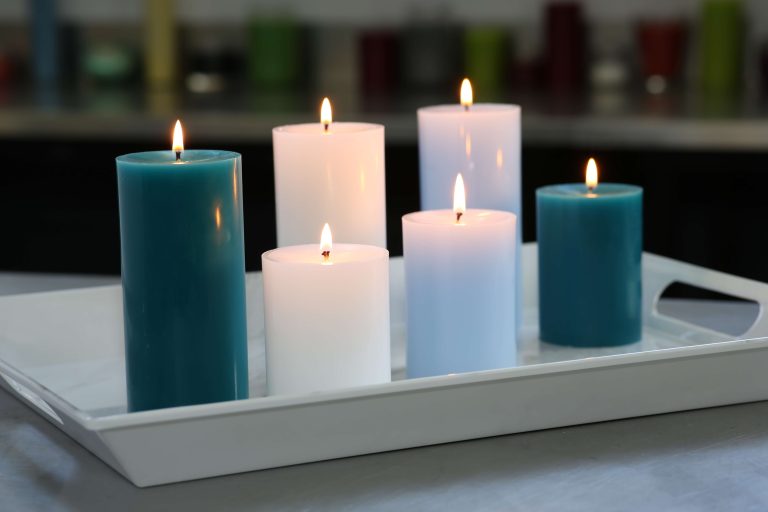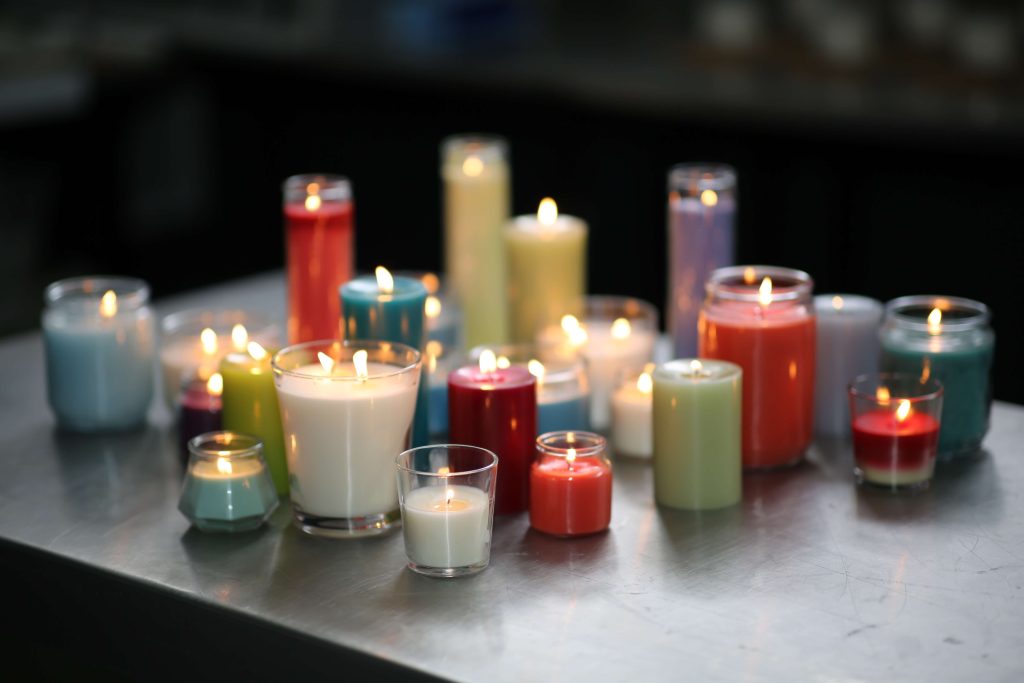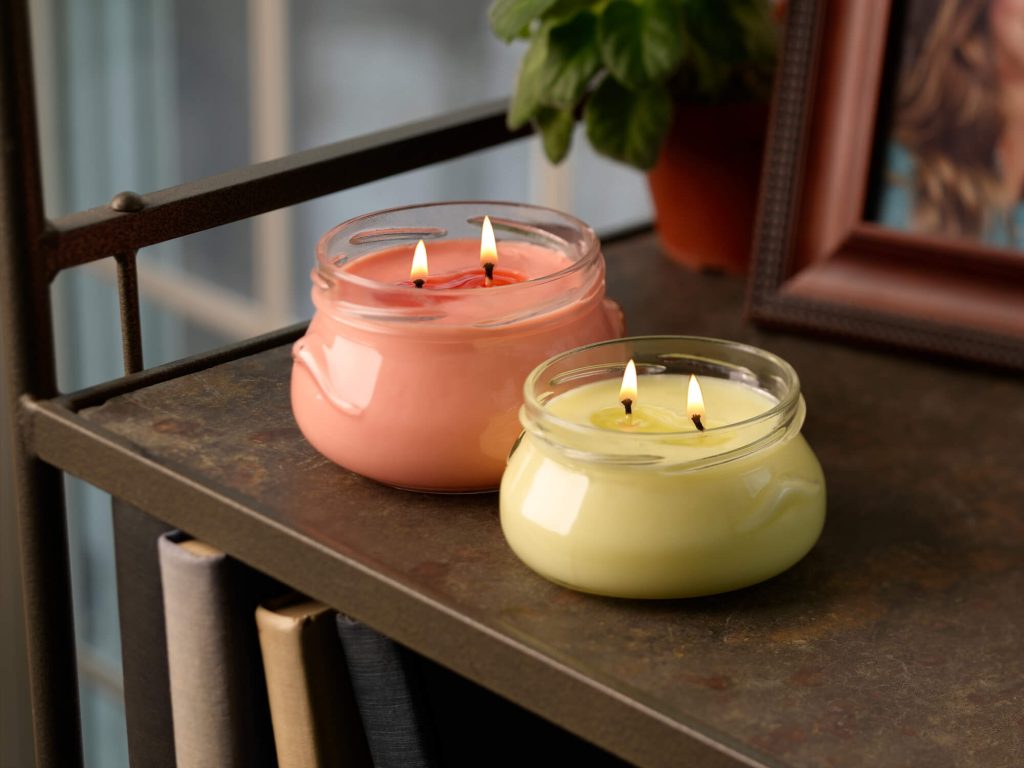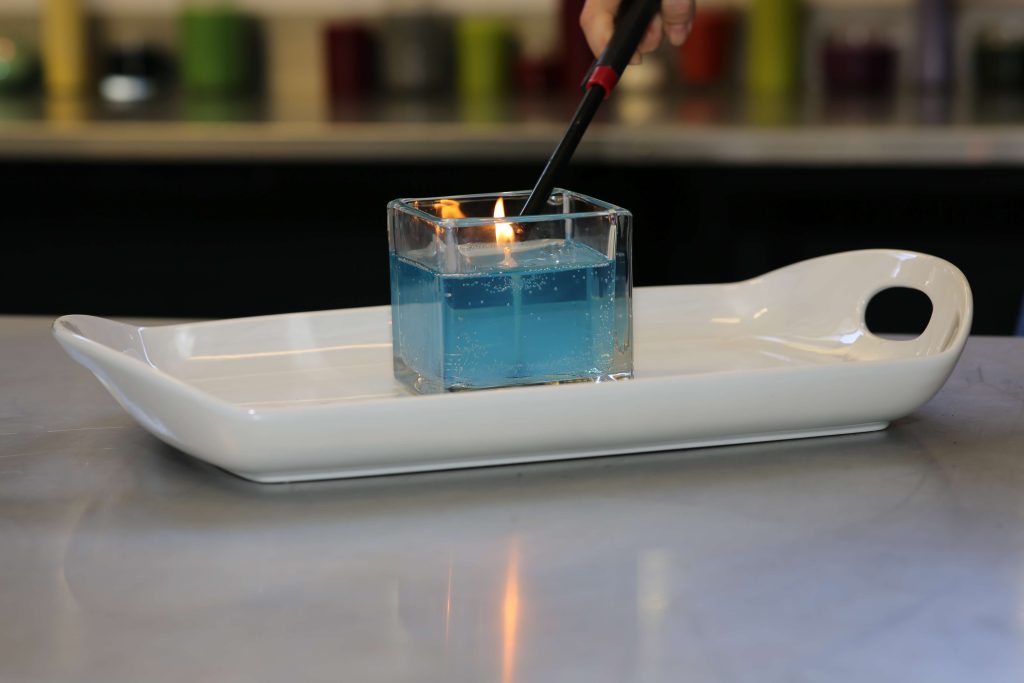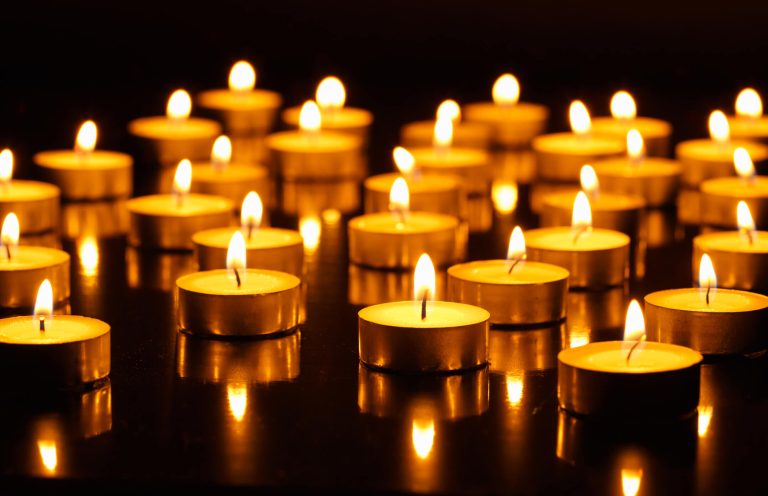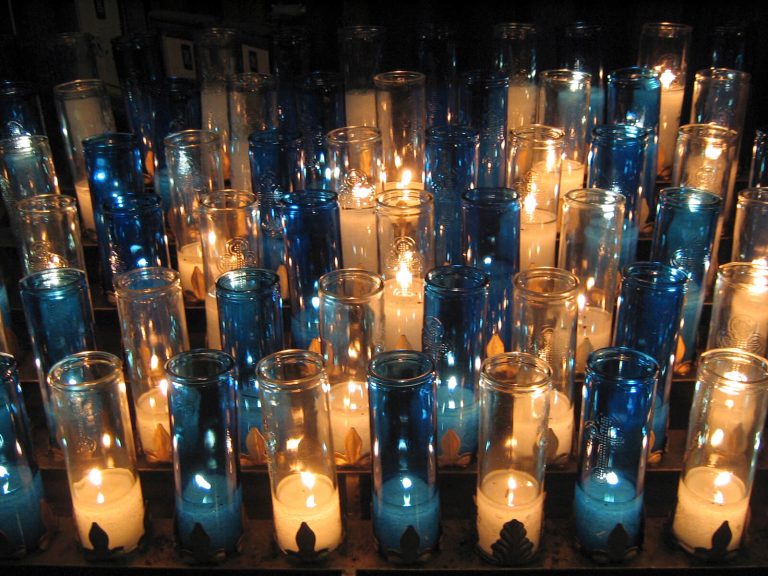During the candle development process, there is much to consider: the candle’s overall appearance, wax type, wick type, wax dye, and scent. The list is almost endless. Even though extensive burn tests were performed, combustion issues sometimes appear once customers have purchased your candle. In part one of this two-part series celebrating World Candle Month, Wicks Unlimited took a deep dive into the different candle systems available on the market. Now, in part two, the candle combustion experts at Wicks Unlimited share common candle combustion issues with basic troubleshooting steps and the importance of using the correct candle wick for your specific candle.
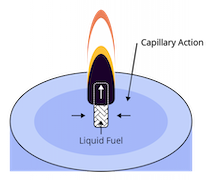 The Importance of Using the Correct Candle Wick
The Importance of Using the Correct Candle Wick
The primary purpose of a wick is to deliver fuel in the form of wax up to the candle’s flame through a process known as capillary action. The candle’s wick is an efficient pump that draws superheated liquefied wax into the flame that sustains combustion. Using the correct wick for your specific candle’s size, shape, dye, container type, and fragrance load is essential for an optimized burn and a happy customer. Too much or too little fuel will cause an avalanche of undesired and unsafe burn characteristics.
Issue
Mushroom Capped Wick

Signs
- After a burn cycle the tip of the wick looks like a mushroom.
- The mushroom effect is caused by carbon buildup.
Troubleshooting
- An oversized wick is providing too much fuel (wax) to the flame that it can effectively burn.
- Using an incorrect wick size/type for a particular candle system can cause mushroom capping.
- Ensure you are following the manufacturer’s guidelines for the wax, scent, and dye ratios. Remember, candle making is a science.
- It is important to note that some wick types are more prone to mushrooming than others.
- Speak with a Wicks Unlimited candle combustion specialist to ensure you are using the correct wick type and size for your specific application.
Issue
Afterglow

Signs
- Continued heat and light emitted from the wick’s tip once manually extinguished after a reasonable amount of time.
- Afterglow is not only unsafe, but it can also damage the candle brand’s reputation.
Troubleshooting
- Afterglow most often occurs as a direct result of mushroom capping during the burn cycle.
- Speak with a Wicks Unlimited candle combustion specialist to ensure you are using the correct wick type and size for your specific application.
Issue
Excessive Wick

Signs
- Mushrooming, sooting, an uneven burn and a larger than expected flame height.
- The soot sticks to the candle jar, surrounding walls, and potentially the ceiling.
Troubleshooting
- Using an incorrect wick size/type for a particular candle system can cause an excessive/long wick.
- Speak with a Wicks Unlimited candle combustion specialist to ensure you are using the correct wick type and size for your specific application.
Issue
Smoking/Sooting

Signs
- The flame is unusually high and is releasing smoke/soot consisting of tiny particles of unburned fuel.
- The soot sticks to the candle jar, surrounding walls, and potentially the ceiling.
- Smoking/sooting is not only unsafe, but it can also damage the candle brand’s reputation.
- The flame is unusually high and is releasing smoke/soot consisting of tiny particles of unburned fuel.
Troubleshooting
- The candle wick is delivering more fuel (wax) to the flame than it can burn.
- Smoking/sooting indicates not only incomplete combustion but also improper wick selection for this particular candle system.
- Ensure you are following the manufacturer’s guidelines for the wax, scent, and dye ratios. Remember, candle making is a science.
- Speak with a Wicks Unlimited combustion specialist to ensure you are using the correct wick type and size for your specific application.
Issue
Tunneling

Signs
- The burn pool does not extend to the edges of the container.
- A very narrow melt pool in the center of the candle with unconsumed wax around the circumference is a sign of tunneling.
Troubleshooting
- Tunneling is caused by an undersized wick.
- To overcome tunneling, adjust your wick size up or down accordingly.
- It is also worth double-checking the wax, dye, and fragrance ratios to ensure the manufacturer’s specifications are followed.
- With this information in hand, contact a Wicks Unlimited combustion specialist to ensure you are using the correct wick type and size for your specific application.
Issue
Oversized Flame

Signs
- Larger than the average flame size.
- Deep burn pool liquifying a large portion of the candle. Mushroom capping.
- Strong fragrance throw that diminishes rapidly.
- The candle’s surface area temperature is unusually high.
Troubleshooting
- Adjust your wick size down to begin the troubleshooting process.
- A properly sized wick creates an appropriate burn pool according to the candle’s width with the correct flame height.
- Speak with a Wicks Unlimited combustion specialist to ensure you are using the correct wick type and size for your specific application.
Issue
Flame Diminishing

Signs
- Flame extinguishing
- Tunneling
- Pay close attention to the burn pool and ensure it is forming from edge to edge of the container.
Troubleshooting
- Flame diminishing can be caused by an undersized wick is a wick that is too small for a particular candle system and does not generate enough combustion (heat) to melt the wax.
- Some fragrances, essential oils, and natural waxes are able to degrade the wick material and in consequence, extinguish the flame.
Use the form below to partner with Wicks Unlimited today to troubleshoot combustion issues for pillar, container, soy, tealight, or votive candle systems. With over 450 different candle wicks, including cored, flat, and square braided wicks, in addition to metal wick sustainers, it is no wonder manufacturers depend on Wicks Unlimited for all of their candle combustion needs.

